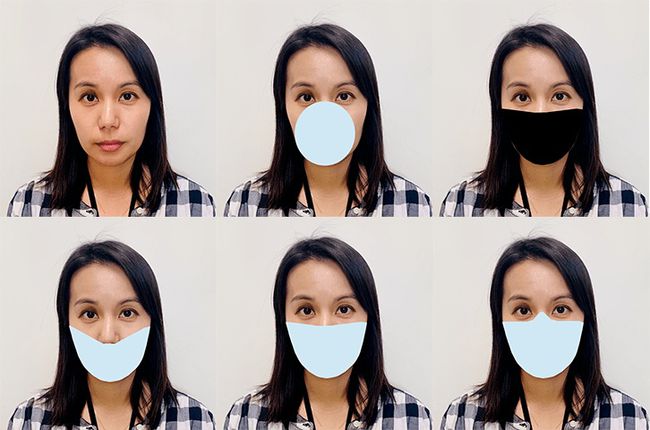Study: Facial Recognition Is Getting Better at Identifying People in Masks
A U.S. government study has found that facial recognition technology is getting better at identifying people wearing masks.
The study is part of ongoing research by the U.S. Commerce Department's National Institute of Standards and Technology (NIST). The agency has examined the effectiveness of more than 150 facial recognition systems on people wearing face coverings. The systems are powered by machine learning algorithms.
The first results of the study were announced in July, as health officials across the world urged people to wear masks to limit the spread of the coronavirus. New findings were released this week.
Police agencies around the world have long used facial recognition technology to search for and help catch people accused of crimes.
It can also be used to unlock phones or other electronic devices, and in some cases, even vehicles. Some robots use facial recognition technology to recognize the people they are communicating with.
However, the wide use of masks in public has created major difficulties for such systems.
The study looked at facial recognition systems already in use before the pandemic. It also looked at systems specially developed to work on masked faces. Developers of the technology voluntarily provide their algorithms for testing.
The NIST said it processed a total of 6.2 million images for the experiment. These included pictures provided by individuals seeking U.S. immigration benefits, as well as images from border crossings of travelers entering the United States.
People in the images were not actually wearing masks. So, the researchers digitally added different mask shapes to faces in the pictures for use in the study. In some cases, up to 70 percent of a person's face was covered in the images.
Overall, the NIST said its research shows that the top-performing facial recognition systems fail to correctly identify unmasked individuals about 0.3 percent of the time. The failure rate rose to about 5 percent with masked images tested with the most effective systems. Many of the lower performing algorithms, however, had much higher error rates with masked images — as high as 20 to 50 percent.

In the latest findings, researchers included results from 65 new facial recognition systems that have been developed since the start of the pandemic. Some of these systems performed "significantly better" than the earlier ones, the NIST's Mei Ngan said in a statement on Tuesday. She is a lead researcher on the project.
"In the best cases, software algorithms are making errors between 2.4 and 5 percent of the time on masked faces," Ngan said. She added that this performance rate is "comparable to where the technology was in 2017 on non-masked photos."
The researchers reported that the systems were much more effective at identifying individuals when one image of the person was masked and the other was unmasked. When faces were covered in both photos, failure rates rose greatly.
Not surprisingly, the study found that round-shaped masks — which cover only the mouth and nose — led to fewer errors than wider ones that stretch across the cheeks. Also, masks covering the nose led to higher failure rates than those that did not.
The new study also ran tests to see whether different colored masks would affect error rates. The team used red, white, black and light blue. The research findings suggested that generally, the red and black masks led to higher failure rates than the other colors.
I'm Bryan Lynn.
The new study also ran tests to see whether different colored masks would affect error rates. The team used red, white, black and light blue. The research findings suggested that generally, the red and black masks led to higher failure rates than the other colors.












